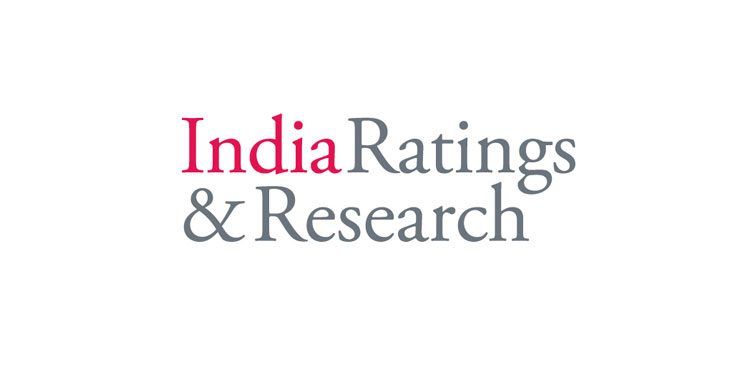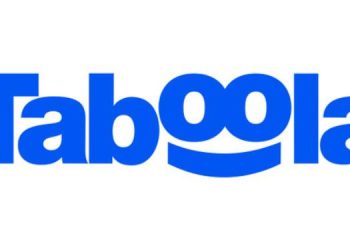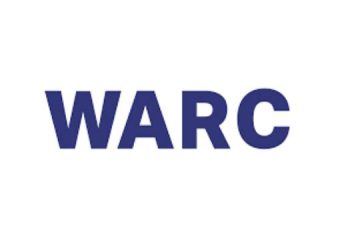India Ratings & Research (Ind-Ra) believes that Telecom Regulatory Authority of India’s (TRAI) amendments to the tariff and interconnection regulation are largely neutral for multiple system operators (MSOs) and negative for broadcasters. The amendments have focused on a reduction in the final customer price, resulting in broadcasters bearing the largest burden in the entire value chain.
The revised regulations stipulate a reduction in a-la-carte pricing for channels and a cap on bouquet prices in line with a-la-carte prices, which would impact broadcasters’ profitability meaningfully. Measures such as cap on network capacity fees (NCF) & carriage fees and a higher number of pay channels in base NCF sound optically negative for MSOs, but eventually would have a marginal impact as they are broadly in line with current on-the-ground ecosystem. Also, the reintroduction of discount on bouquet prices compared to a-la-carte channel prices is surprising, given that the Hon’ble Madras High Court had earlier ruled against it. The amendment directs broadcasters and distributors to submit the revised channel prices by 15 January 2020 and 30 January 2020 respectively, with full implementation from 1 March 2020. Please refer to our detailed report TRAI Tariff Regulations to Bring Structural Shift in Media Sector, released in October 2019.
MSOs – Impact Largely Neutral as Regulation “Evolves”: Ind-Ra believes that the regulation has essentially de-risked the business model of distributors (MSOs, local cable operators (LCOs)), as their revenue stream will contain fixed NCF from subscribers and content commission from broadcasters, thereby effectively passing through content cost. The increase in the total number of channels under the base NCF to 200 from 100 earlier is unlikely to have any major impact, as MSOs anyways offer above 200 channels under the current price regime for NCF of INR130. Also, the exclusion of mandatory channels as per the government from the bouquet of 200 channels may free-up space for additional pay channels, which may further reduce NCF for MSOs. MSOs earn content fees and distribution fees from broadcasters as a proportion of content cost. MSOs’ realisations may slightly be impacted as the overall content costs and resultant content & distribution fees have also reduced. However, MSOs can minimise the impact by offering more channels in the bouquet while keeping the overall price of the bouquet unchanged. Sharing of revenues with LCOs in line with the regulations is quite favourable for MSOs, which can support their revenues in long-term.
Broadcasters – Continued Negative Development: The earlier regulation essentially converted broadcasters’ business model to B2C (selling content to consumers) from B2B (selling content to distributors). Broadcasters have been selling their channel bouquet to end-customers rather than relying on MSOs. Hence, a continued investment in content remains critical for broadcasters. However, the revised regulation capping prices of both a-la-carte channel and channel bouquet may curtail broadcasters’ ability to invest in quality content. The risk is even higher for the sports genre, where content creation/acquisition costs can be more than in the news genre. Also, the regulation on channel prices discourages bundling weaker channels with strong anchor channels in the same bouquet. Hence, while the earlier regulation favoured broadcasters with a strong set of anchor channels along with a comprehensive set of weaker channels across genres, the revised regulation supports broadcasters with a strong set of anchor channels and relatively lean portfolio of weaker channels.
|
TRAI’s Revised Tariff and Interconnection Regulation and Ind-Ra’s View |
|||
| Components | Old Regulations | New Regulations notified by TRAI | Ind-Ra’s views |
| NCF | NCF is set at INR130 (excluding taxes) for the 100 free to air (FTA) standard definition (SD) channels.
INR20 is applicable for the next 25 SD channels, wherein each high definition channel will be counted as two SD channels.
NCF to be shared between MSO:LCO in 55:45 ratio |
NCF is set at INR130 (excluding taxes) for the 200 channels. Mandatory channels as per government shall not form part of the 200 channels.
Distribution platform operators (DPOs) will not charge more than INR160/month for giving all channels on their platform.
In case of multi-TV homes, the NCF for the second TV shall not exceed 40% of the NCF charged for the first TV. |
It is a charge primarily collected by LCOs towards the usage of their network.
Despite regulation suggesting 55:45 sharing, we believe LCOs will continue to retail a large part of NCF (assumed at 80%).
There is a fair chance that the 200 channels shall include pay channels as well. This is unlikely to have any major impact on DPOs as they anyways offer 200+ channels under the current price regime for NCF of INR130.
Exclusion of mandatory channels as per government (around 20 in number) would free-up space for additional pay channels in the bouquet, which can further pressure NCF earnings. |
| Content fees (pay channel charges) | Broadcasters can offer a maximum 15% discount on content fees to DPOs
A-la-carte rates for pay channel is capped at INR19/channel |
No changes on the discount that broadcasters can offer to DPOs
The sum of the a-la-carte rates of the pay channels forming part of a bouquet shall not exceed 1.5x the rate of bouquet.
The a-la-carte rates of each pay channel, forming part of a bouquet, shall not exceed 3.0x the average rate of a pay channel of the bouquet.
A-la-carte rates for pay channel are capped at INR12/channel. |
The discount on bouquet prices compared to the sum of a-la-carte prices of channels forming the bouquet is implied at 33%.
TRAI had earlier contemplated imposing a cap on discount at 15%, which was ruled against by their Hon’ble Madras High Court.
The reduction in a-la-carte channel prices to INR12/channel vsINR19/channel earlier is negative for broadcasters with large “driver” channels.
No change in discount on content is positive for MSOs, as they can pass on the discount to LCOs/customers from the client retention perspective. |
| Distribution fees | Broadcasters to pay 20% of the content fees as distribution fees to DPOs (LCO/MSO)
Distribution fees to be shared between MSO:LCO in 55:45 ratio. |
No changes | A reduction in overall content costs may impact MSOs’ revenue through content fees and distribution fees, which are charged as a proportion of content costs. However, DPOs/broadcasters may bundle their bouquet in such a way that the overall cost remains flat, while the number of channels offered increases. |
| Carriage and placement fees | TRAI has capped the carriage fees at INR0.2 million/channel/month.
MSOs will not be able to charge carriage fees if the channel subscription is more than 20% of the subscriber base. |
Carriage fee is restricted to INR0.4 million/channel/month. | This may partly benefit the smaller DPOs. In any case, carriage & placement fees were expected to be drastically reduced as MSOs will only be able to earn carriage fees on weaker/niche channels, while larger broadcasters will effectively not pay any carriage fees for their flagship channels. |
| Source: Ind-Ra | |||

















